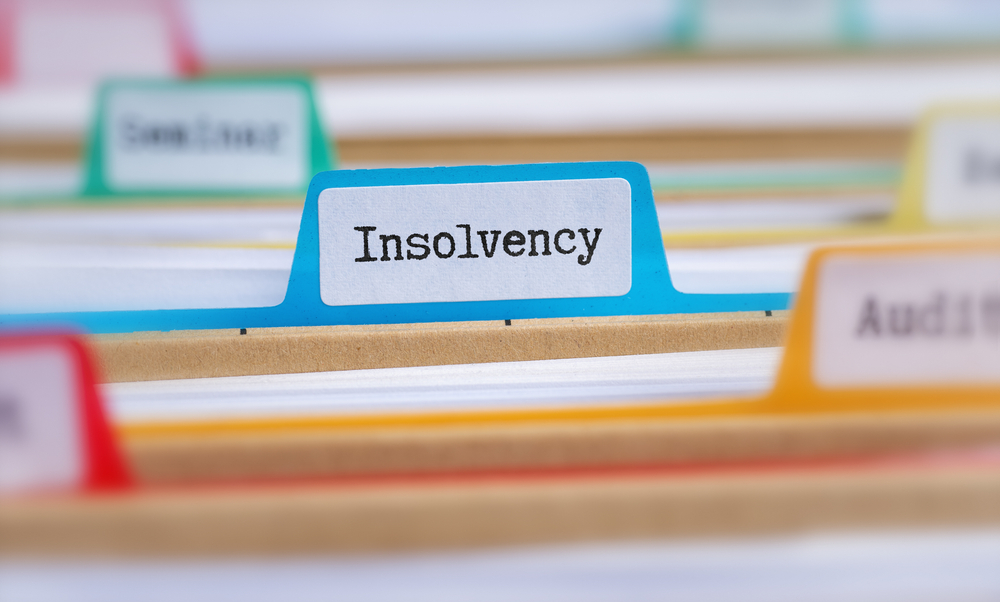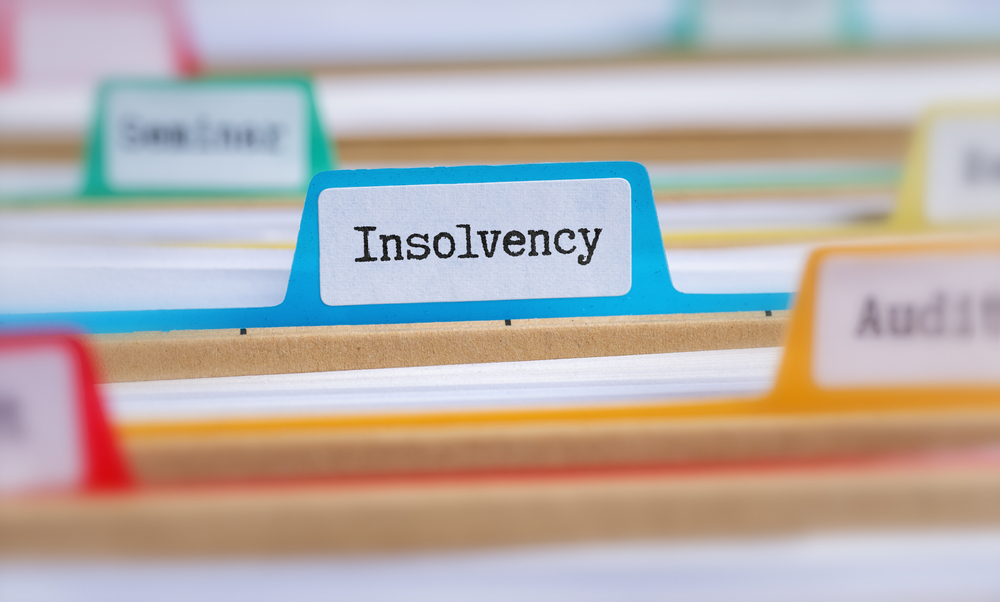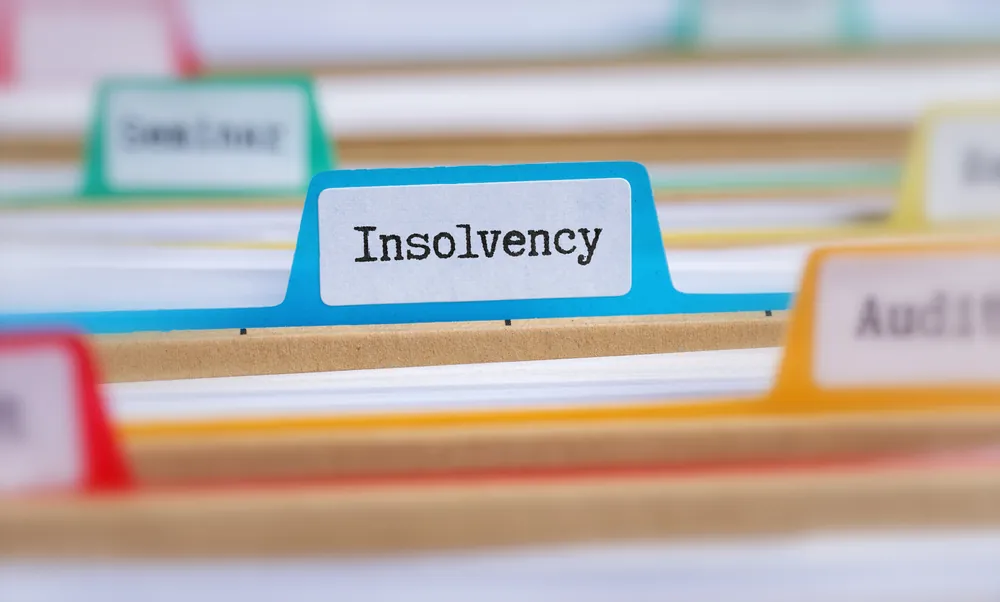
Can you Sell Your Insolvent Business?
While it is possible to sell an insolvent business, in many situations, this has to be done with the approval of an Insolvency Practitioner, either as part of an administration generally or as part of a pre-pack sale.
Selling an insolvent business in the UK presents a complex challenge that requires careful consideration and strategic planning.
This article aims to provide directors with a clear understanding of the process, legal implications, and practical steps involved in selling a business that is unable to meet its financial obligations
- How to Sell an Insolvent Business
- 1. Engage Professional Advice
- 2. Assess the Business’s Assets and Liabilities
- 3. Explore the Sale Options
- 4. Prepare for Sale
- 5. Market the Business
- 6. Negotiate the Sale
- 7. Complete the Sale
- Selling a Business in Administration or Liquidation
- 5 Tips for Selling an Insolvent Company
How to Sell an Insolvent Business
Selling an insolvent business in the UK requires a nuanced approach, blending legal compliance with strategic planning. Here’s how the process typically works:
1. Engage Professional Advice
The first and most crucial step involves consulting with insolvency practitioners and legal advisors. They can navigate the complexities of UK insolvency laws, ensuring all actions are legally compliant and strategically sound. Our team at Company Debt is equipped to provide this guidance, offering clarity and direction during this challenging time.
2. Assess the Business’s Assets and Liabilities
This involves compiling a detailed list of assets, including physical assets, intellectual property, and any outstanding invoices, as well as a comprehensive outline of liabilities. Understanding the value of what can be sold and the obligations that need to be met is fundamental to planning the sale.
3. Explore the Sale Options
There are several routes available for selling an insolvent business, each with its benefits and drawbacks. The most common methods include:
- Pre-pack Administration: Selling the business and its assets to a new company before appointing administrators. This option often preserves more of the business’s value and can be quicker than traditional sales. >>Read our full article on pre-pack administration
- Liquidation Sale: Selling assets individually or in lots through a liquidator. While this might not yield the highest returns, it can be an effective way to realize assets’ value.
4. Prepare for Sale
Preparation involves making the business as attractive as possible to potential buyers. This might include resolving any legal disputes, securing intellectual property rights, or tidying up financial records. Transparency about the business’s financial situation and potential is key to attracting serious buyers.
5. Market the Business
Marketing an insolvent business requires a strategic approach to find suitable buyers. This often means reaching out to competitors, suppliers, or other stakeholders who might have an interest in purchasing the business or its assets.
6. Negotiate the Sale
Negotiating the sale of an insolvent business involves balancing the interests of creditors, shareholders, and potential buyers. The aim is to achieve a sale price that maximises returns to creditors while ensuring the transaction is completed efficiently and legally.
7. Complete the Sale
Completing the sale involves finalizing the transfer of assets, settling any outstanding legal matters, and distributing proceeds to creditors according to priority. Throughout this process, maintaining clear communication with all stakeholders is vital.
For directors considering the sale of an insolvent business, navigating this process requires careful consideration and expert guidance. At Company Debt, we specialize in providing bespoke advice and support to businesses facing insolvency, helping you achieve the
Selling a Business in Administration or Liquidation
A business enters into administration when it is struggling financially and has been threatened or issued with legal action. At this point, control of the failing company is handed to administrators, who work to protect the creditors’ best interests. If the business can be sold, this may allow it to continue trading; helping to safeguard jobs and maintain existing contracts.
5 Tips for Selling an Insolvent Company
Whether there are a number of interested parties, or just one, it’s important to prepare and supply the necessary information you need to show the true value of your business.
Here are a few practical steps you can take:
- Highlight the value in your company –An investor can choose to buy into a failing business before the administration process, or wait for an administrator to be appointed to potentially buy it more cheaply. Your role in this process is crucial. By demonstrating the value of your business, you can help to secure the most favourable resolution for you and your business.
- Sell the business before reaching insolvency – There may be value in the current structure of your business, and this could be more easily maintained if a failing business is bought before a formal insolvency procedure begins. There may also be valuable ongoing contracts your company is servicing, which could be lost if an insolvency process begins.
- Maintain accurate financial information – Being able to provide a prospective buyer or investor with up to date and accurate financial records and forecasts will be a huge benefit for potential purchasers and provide the reassurance they need.
- Encourage management buy-in –A company will be easier to turnaround if it has a unified and committed management structure that is dedicated to making it work. Once the cause of the problem has been rectified, a loyal and devoted board can drive the business forward to get it quickly back on track.
If you would like more information about how a pre-pack administration can help you achieve the best solution for you and your business, speak to one of our specialists by calling 0800 074 6757 or emailing: info@companydebt.com today.










